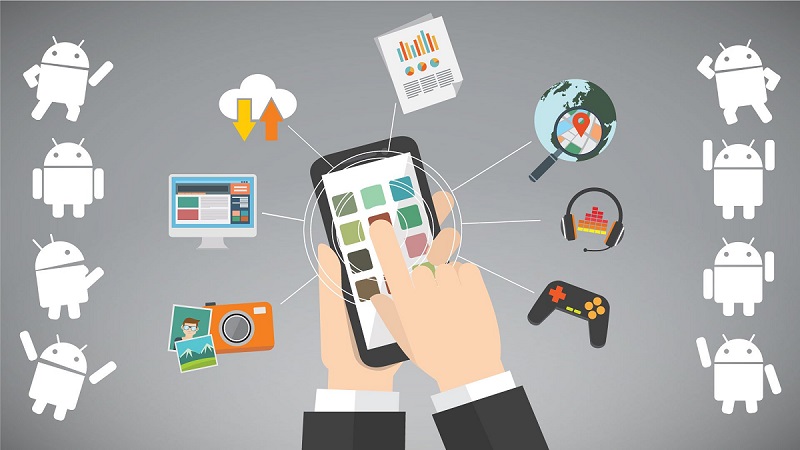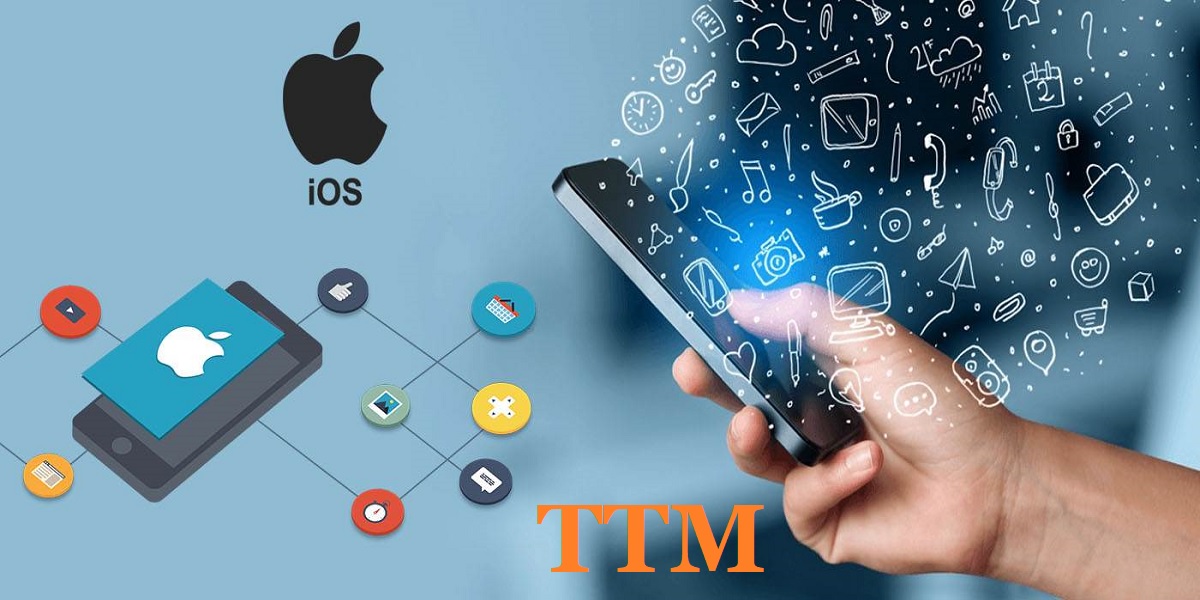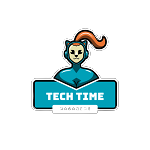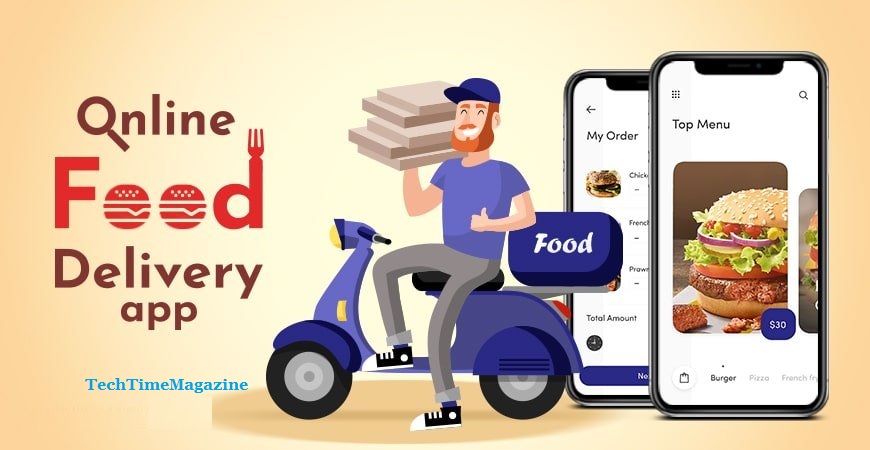The food delivery industry has witnessed tremendous growth in recent years, thanks to the convenience it offers to customers. People can now enjoy their favorite meals from a variety of restaurants without leaving their homes. Uber Eats, one of the leading players in this market, has revolutionized the way we order food.
If You Are Looking To Enter This Lucrative Industry And Build A Food Delivery App Like Uber Eats, This Article Will Guide You Through The Process Step By Step:
Introduction
In the modern era, where time is of the essence, people are increasingly relying on food delivery apps to satisfy their hunger cravings. A food delivery app acts as a bridge between restaurants and customers, providing a seamless ordering and delivery experience. With the rise of on-demand services, it has become essential for restaurants to have an online presence to cater to the growing demand.
Understanding the Features of Uber Eats
To build a successful food delivery app like the Uber Eats Clone app, it’s important to understand and incorporate the key features that have made Uber Eats a popular choice for users.
Let’s Explore These Features:
User Registration and Login:
- Users create accounts and log in to access personalized features.
- Account creation allows users to save preferences, delivery addresses, and payment information.
Restaurant Listing and Menu Management:
- The app provides a list of available restaurants for users to choose from.
- Each restaurant has its own menu displayed within the app.
- Restaurants can manage their menus, update item availability, and showcase food images.
Order Placement and Tracking:
- Users browse restaurant menus and select desired items.
- Orders are placed through the app for delivery.
- Real-time tracking enables users to monitor the status and progress of their orders.
- Users can view estimated delivery times and track the location of the delivery partner.
Delivery Management:
- The app handles the logistics of delivery.
- Delivery partners are assigned to orders based on availability and proximity.
- A communication channel may be provided for users, restaurants, and delivery partners to address queries or make changes to the delivery process.
Payment Integration:
- Secure payment gateways are integrated into the app.
- Users can make payments using various methods such as credit/debit cards, digital wallets, or other popular payment options.
- Payment integration ensures secure and seamless transactions.
Ratings and Reviews:
- Users have the ability to rate and review restaurants and delivery partners.
- Ratings and reviews help build trust and transparency within the app’s community.
- Average ratings and user reviews are displayed to assist users in making informed decisions.
Planning the App Development Process:
Building a successful food delivery app requires careful planning and preparation.
Here Are The Essential Steps Involved In The App Development Process:
- Market Research and Target Audience Analysis: Conduct thorough market research to identify your target audience and understand their preferences and needs.
- Defining App Requirements and Functionalities: Clearly define the features and functionalities you want to incorporate into your app, keeping in mind the expectations of your target audience.
- Creating Wireframes and Design Prototypes: Create wireframes and design prototypes to visualize the app’s layout and navigation flow.
- Selecting the Technology Stack: Choose the appropriate technology stack, including programming languages, frameworks, and databases, based on your app’s requirements.
- Estimating the Development Timeline and Cost: Develop a realistic timeline and cost estimation for the entire app development process.

Developing the app:
Once you have completed the planning phase, it’s time to start developing your food delivery app.
Here Are The Key Steps Involved:
- Front-End Development: Develop the user interface and design elements of the app, focusing on creating an intuitive and visually appealing experience for users.
- Back-End Development: Build the server-side components of the app, including the logic and functionality required for seamless app operation.
- Database Setup and Management: Set up a robust and scalable database system to store and manage user data, restaurant details, menu items, and other relevant information.
- Integrating Third-Party APIs and Services: Integrate APIs and services like map and location services, payment gateways, and push notifications to enhance the app’s functionality.
- Testing and Bug Fixing: Conduct rigorous testing to identify and fix any bugs or issues in the app, ensuring a smooth user experience.
User Experience and Interface Design
When building a food delivery app like Uber Eats, user experience (UX) and interface design play a crucial role in attracting and retaining users.
Here Are Some Key Considerations To Ensure A Great User Experience:
Creating an Intuitive and User-Friendly Interface:
The interface of your food delivery app should be intuitive and easy to navigate. Users should be able to understand the app’s features and functionalities without any confusion.
Consider the following:
- Use clear and descriptive labels for buttons and menu options.
- Arrange the app’s elements logically, following a natural flow of actions.
- Provide visual cues, such as icons or tooltips, to help users understand the app’s functions.
- Minimize the number of steps required to complete tasks, ensuring a smooth and efficient user journey.
Designing an Attractive App Layout:
A visually appealing design will enhance the overall user experience and make your app stand out.
Consider the Following Design Principles:
- Choose a clean and modern design aesthetic that aligns with your brand identity.
- Use a color scheme that is visually appealing and harmonizes with your brand.
- Ensure that the app’s typography is legible and easy to read.
- Incorporate high-quality images of food and restaurants to create an enticing visual experience.
- Balance the use of negative space to provide a clean and uncluttered interface.
Optimizing the App for Different Screen Sizes:
Today, users access apps from various devices with different screen sizes.
To Ensure A Consistent Experience Across Devices, Follow These Guidelines:
- Design your app responsively, adapting to different screen sizes and orientations.
- Prioritize important information and features for smaller screens, ensuring they remain accessible and visible.
- Use adaptive layouts and fluid grids to ensure your app scales seamlessly across different devices.
- Test your app on different devices and screen sizes to identify any issues and make necessary adjustments.
Navigation Is A Critical Aspect Of Any App. Make It Easy For Users To Find What They Need And Navigate Through Your App Smoothly:
- Implement a clear and visible navigation menu or tab bar that allows users to switch between different sections of the app.
- Provide a search feature to help users quickly find restaurants or specific dishes.
- Use breadcrumbs or a progress indicator to guide users through multi-step processes, such as placing an order.
- Include back buttons or gestures to allow users to easily backtrack or undo actions.
- Ensure smooth transitions between screens and actions, reducing any perceived delays or lag.
Implementing Interactive Features:
Engage Users And Make Their Experience Memorable By Incorporating Interactive Features Into Your App:
- Implement real-time order tracking, allowing users to monitor the progress of their orders.
- Provide push notifications to keep users informed about order status updates, promotions, and personalized recommendations.
- Enable social sharing, allowing users to share their favorite restaurants or dishes with friends and family.
- Include a feedback mechanism, such as ratings and reviews, to gather user feedback and improve the overall quality of service.
- Consider integrating features like gamification or loyalty programs to incentivize user engagement and retention.

Ensuring App Security and Reliability:
App Security And Reliability Are Crucial For Building Trust Among Users. Here Are Some Important Steps To Take:
- Implementing User Authentication and Authorization: Secure user accounts with authentication mechanisms like email verification, phone number verification, or social media login.
- Encrypting User Data and Transactions: Ensure the privacy and security of user data by implementing robust encryption techniques for data storage and transmission.
- Regularly Updating and Patching Security Vulnerabilities: Stay vigilant about security threats and release timely updates to address any vulnerabilities.
- Testing the App for Performance and Reliability: Conduct performance testing to identify and optimize any bottlenecks that may affect the app’s speed and reliability.
Launching and Marketing the App:
Once Your App Is Developed And Tested, It’s Time To Launch It In The Market. Here Are The Steps To Follow:
- App Store Submission and Approval Process: Submit your app to popular app stores like Google Play Store and Apple App Store, following their guidelines and requirements.
- App Promotion And Marketing Strategies: Develop a comprehensive marketing plan to promote your app, including social media campaigns, influencer collaborations, and targeted advertisements.
- Implementing User Acquisition and Retention Techniques: Offer attractive discounts, referral programs, and loyalty rewards to acquire and retain users.
- Monitoring and Analyzing App Performance and User Feedback: Continuously monitor user feedback and app analytics to identify areas of improvement and implement necessary updates.
- Continuous Improvement And Updates: Regularly update your app with new features and improvements based on user feedback and market trends to stay competitive.
Conclusion:
Building a food delivery app like Uber Eats requires contacting with Food Delivery App Development Company and a focus on providing an exceptional user experience. By understanding the key features of successful apps, planning the development process, and incorporating essential elements like security and marketing strategies, you can create a unique and successful food delivery app that caters to the needs of your target audience.
Read Previous Post: NFTs and The Metaverse: The Intersection of Digital Assets and Virtual Reality

